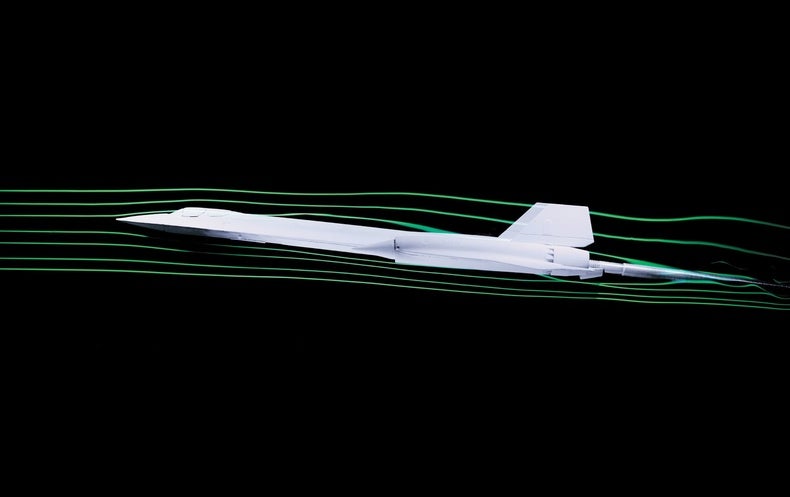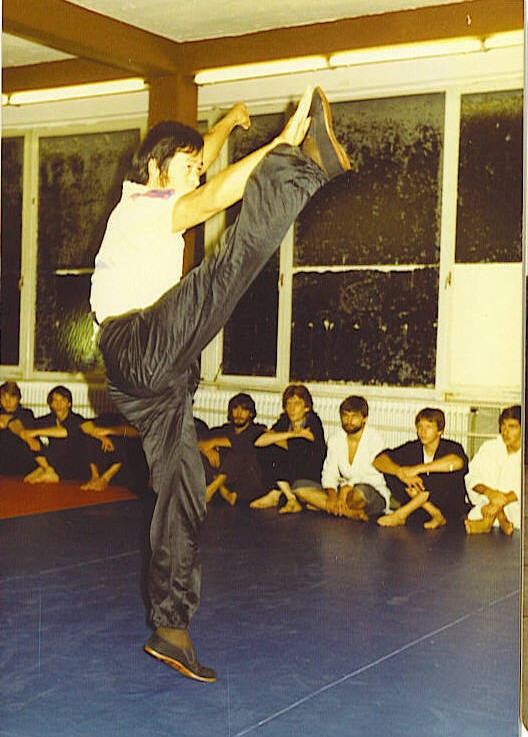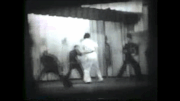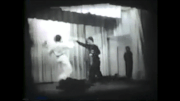Most of us are familiar with Bernoulli's principle, specifically when explaining how a wing on an airplane generates lift. The top of the wing is curved and the bottom of the wing is flat. This means the path from leading edge to trailing edge of the wing is longer on the top than on the bottom. Thus, the air flowing over the top of the wing has to travel faster than the air on the bottom of the wing, to leave the trailing edge. Since the air on top is moving faster.... it creates lower pressure above the wing and higher pressure below the wing... lifting it up.
This explanation is given in many physics books. Many pilots, private and commercial, understand lift this way. Even many of the flight instructors training these pilots. However, this explanation is wrong. Lift generated by a wing does not come from Bernoulli's principle. Here are a few things that break the idea that Bernoulli's principle is generating lift:
So, what does this have to do with martial arts? We have all been taught things in martial arts that are wrong. The explanation of how and what happens is wrong. Remember the threads we have here about choking.... if I choke you out, I am doing a blood choke and preventing the blood from going to your brain... except that the arteries are high pressure and the veins are low pressure, so really I am stopping the blood from leaving your brain, which prevents fresh blood from reaching the brain... except that there are a lot of veins and you physically cannot close them all.... However, if I think of the choke as cutting off blood to the brain, then it helps me to understand how to correct my grip on your lapel to actually choke you out, even though my understanding of what is happening is wrong. There are lots of things like this in martial arts.
So this leads to a few questions for martial artists....
Note: if you want to argue about lift, private message me.... lets keeps this thread about the martial arts side....
This explanation is given in many physics books. Many pilots, private and commercial, understand lift this way. Even many of the flight instructors training these pilots. However, this explanation is wrong. Lift generated by a wing does not come from Bernoulli's principle. Here are a few things that break the idea that Bernoulli's principle is generating lift:
- Inverted flight - planes can and do fly upside down. This would be impossible if Bernoulli's principle was generating the lift. In inverted flight, gravity would be pulling down, and with the curved side of the wing now on the bottom.... the plane would not be able to fly at all
- Symmetrical wings - these are wings where the top and bottom have the same curve.... so there would be no difference in the length of the path travelled on the top or the bottom, thus no difference in pressure.
- Stalls - If Bernoulli's principle were generating the lift, then as the plane slowed it would generate less lift... however, if the plane were to slow down a little (100mph to 99mph) it would just make a little less lift.... if 100mph generated enough lift to fly, then going 99mph would result in the plane losing altitude, but still generating lift to slow the decent. When a wing stalls in the real world, what happens is that at 100mph it is generating lift and at 99mph is is generating no lift at all and is falling like a rock.
So, what does this have to do with martial arts? We have all been taught things in martial arts that are wrong. The explanation of how and what happens is wrong. Remember the threads we have here about choking.... if I choke you out, I am doing a blood choke and preventing the blood from going to your brain... except that the arteries are high pressure and the veins are low pressure, so really I am stopping the blood from leaving your brain, which prevents fresh blood from reaching the brain... except that there are a lot of veins and you physically cannot close them all.... However, if I think of the choke as cutting off blood to the brain, then it helps me to understand how to correct my grip on your lapel to actually choke you out, even though my understanding of what is happening is wrong. There are lots of things like this in martial arts.
So this leads to a few questions for martial artists....
- What do you do when you find out that what you believe, what you have been taught is wrong? Many pilots, physicists, engineers (and probably some of you) will cling to Bernoulli's principle... even though they cannot answers the questions I asked above. (some of the answers get pretty comical....) Are we like that, where we double down on what we learned, only because we learned it that way first? Or do we stop and do some more research and possibly change our own position?
- Do we need to change our own position? If we are getting the results we want and we are able to teach others to get the same results.... is it that important to change to the "correct" explanation? Remember, there are many pilots and flight instructors flying around very successfully, with an incorrect understanding of what they are doing....
- Is it okay to teach the wrong explanation of what is happening, if it can get people to produce the right result faster? If so, do you need to give them the correct explanation later on? At what point do you give that correct explanation?
- How do we know that our understanding is correct? Every pilot, instructor, physicist and engineer "knew" that they were right in explaining lift with Bernoulli's principle.... Just like we know that our explanation of what we are doing is the "correct" one....
Note: if you want to argue about lift, private message me.... lets keeps this thread about the martial arts side....




